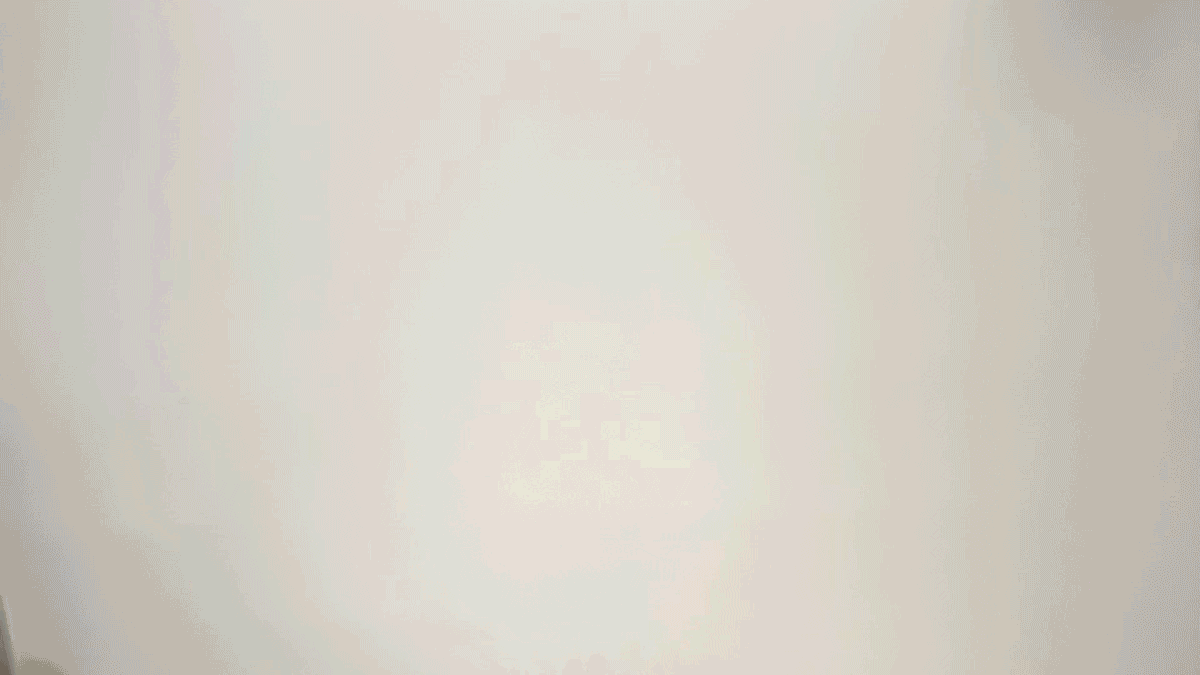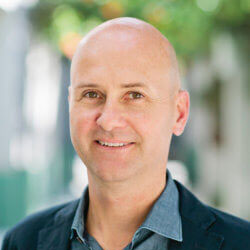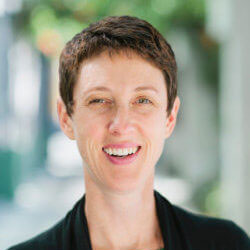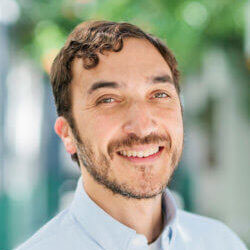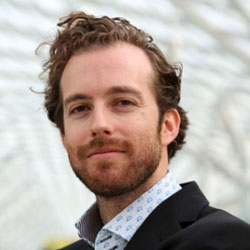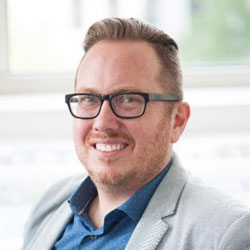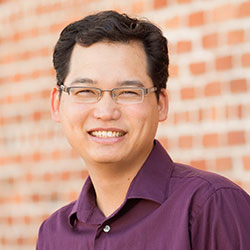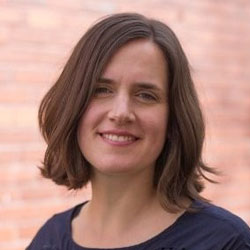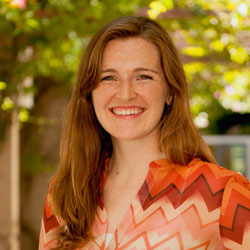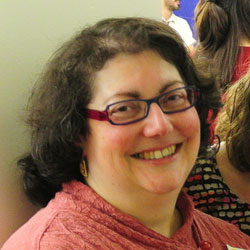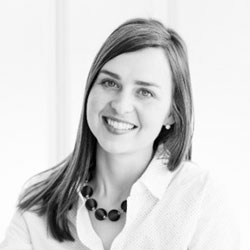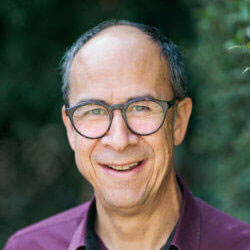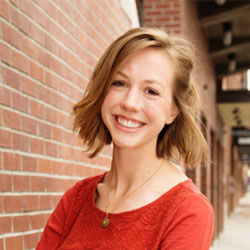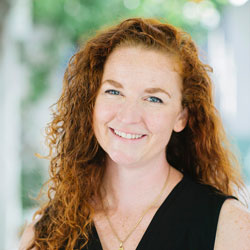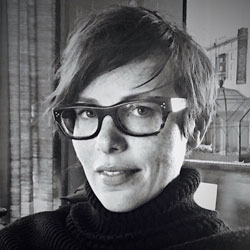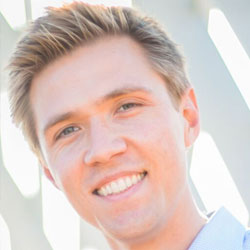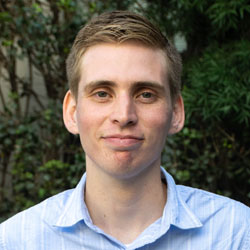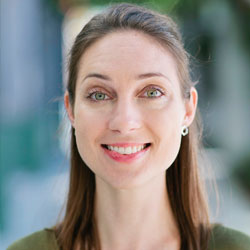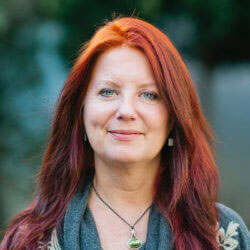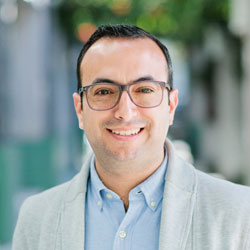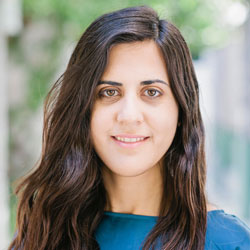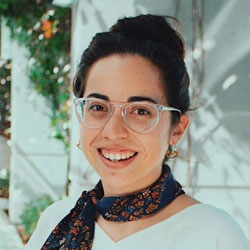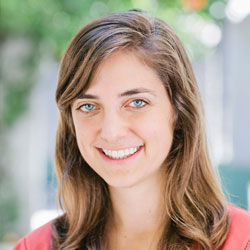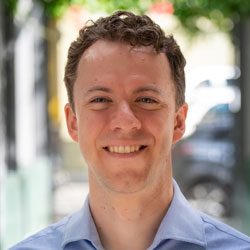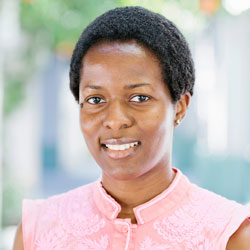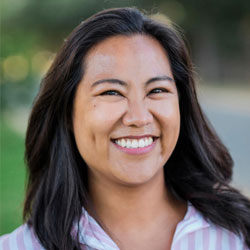Opticos at 20
Opticos Design was founded in 2000 on the belief that walkable places are critical for healthy, resilient and equitable communities. Karen and Dan Parolek initially worked out of their home with Stefan Pellegrini. Now, twenty years later, the three Principals are leading a team of over twenty urban designers, architects, and strategists.
Milestones
00
A New Team
On the second day of the new millennium, the founders launched Envision Design. They selected a name other than their own to reflect their vision of a studio built on collaboration and teamwork.
Employee #1
Stefan joined Karen and Dan, and the three moved into their first office above the neighborhood bagel shop.
Road Trip to First Charrette
Dan, Karen, and Stefan took a road trip to Isla Vista in Santa Barbara County, California, for the company’s first multi-day design charrette.
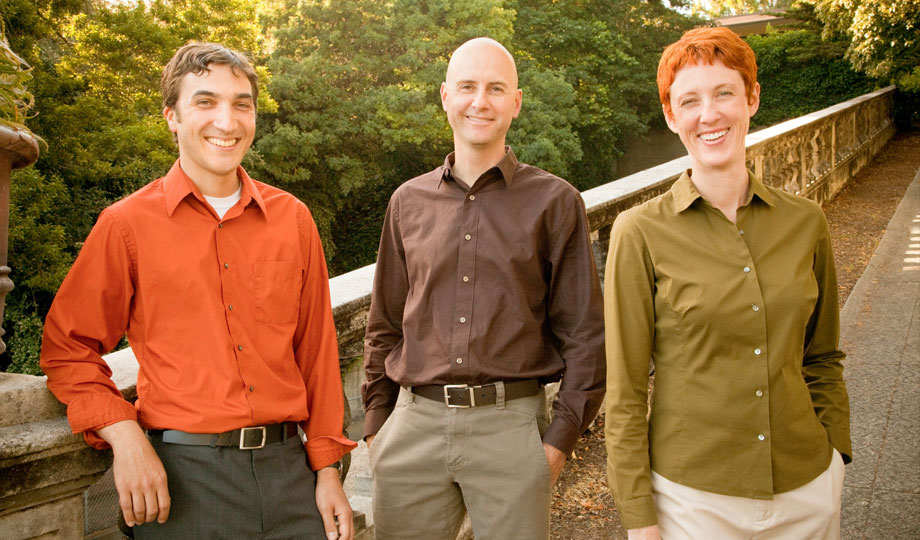
At the time of the company’s founding, Dan and Karen were working out of the second bedroom of their home. There was room for the plotter in the garage.

While taking a break from installing carpet in their home-office, Dan and Karen took a walk in the neighborhood and discovered an office for rent above the Bagel Shop on Gilman Street.
A Name to Match a Vision
In 2003, the company officially changed its name to Opticos Design. The term comes from the Greek phrase “Logos Opticos,” which Vitruvius used to describe places and buildings having harmony and visual balance.
Leveling Up
In 2004, the company incorporated, becoming Opticos Design, Inc.
FBC Institute
In 2004, Dan, Karen, and twelve others came together to establish the Form-Based Codes Institute.
A Growing Team
John Miki joined the Opticos team after completing the Master of Urban Design program at U.C. Berkeley. He is now the company's first Studio Manager.
Team Building
From 2005 to 2007, the expanding team took a whitewater rafting trip, visited the beaches of Mendocino, and spent time at Costanoa Lodge in Pescadero. Let the game nights begin.
05
We see people.
Faces of Opticos
Many individuals have contributed to the Opticos Design portfolio over the years. Through their work, these individuals are changing cities, communities, and lives.
Opticos makes places for people, both in our work and for each of us. There is a culture here that is unlike any other and you wonder why it isn’t more common.”
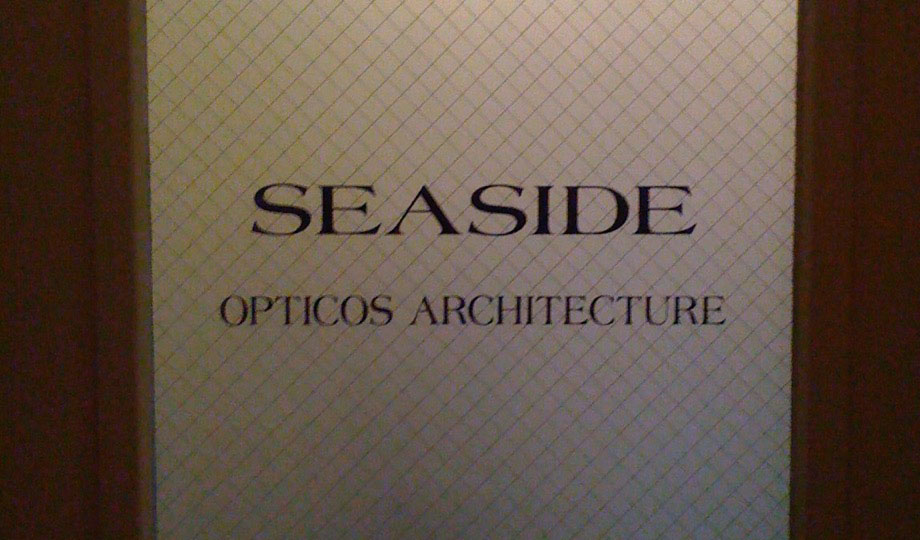
Opticos opened an office in Seaside, Florida to implement their Town Square and Beachfront Master Plan and to serve as Town Architect, working closely with Seaside Town Founders Robert and Daryl Davis.
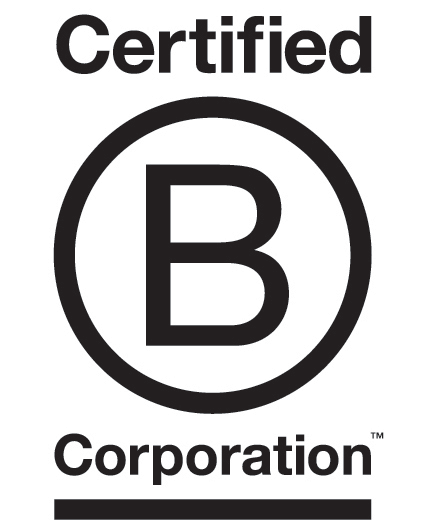
While at the White Dog Café in Philadelphia, Karen met the owner who told her about an upcoming conference taking place in Berkeley. Karen decided to attend, and it was at that conference that the B Corp initiative was launched. Karen submitted Opticos for consideration as part of the first round of applications, and the application was accepted.
Opticos Goes to Seaside
Opticos expanded, opening an office in Seaside, Florida, and filling the role of Town Architect.
A Company Identity
Opticos Design was among 82 founding B Corps certified in 2007. Today, there are more than 2,500.
Theorists and Practitioners
Dan and Karen co-authored the seminal book on Form-Based Codes with Paul Crawford, which was published by John Wiley & Sons in 2008.
Missing Middle Housing is Born
In 2010, Dan Parolek coined the term “Missing Middle Housing.”
10
We see possibilities.
A Larger Office
Opticos Design moved from North Berkeley to Downtown Berkeley in 2011.
A Benefit Corporation
Opticos registered under California’s newly legalized Benefit Corporation structure at a ceremony in Sacramento.
A Coding Director
Tony Perez joined Opticos Design as its Director of Form-Based Coding. Tony teaches courses and gives talks on the topic, demystifying the nuances for the masses.

Staff came together to host an open house when the company moved into the current office at 2100 Milvia Street.

Opticos has an annual tradition where the newest member of the team gets to create a custom, personalized, hand-drawn holiday card to celebrate the year and showcase the talent in the studio.

The Opticos team shops locally, lives small, and goes car-free whenever possible. Our team members ride bicycles, walk, or take public transit to the office.
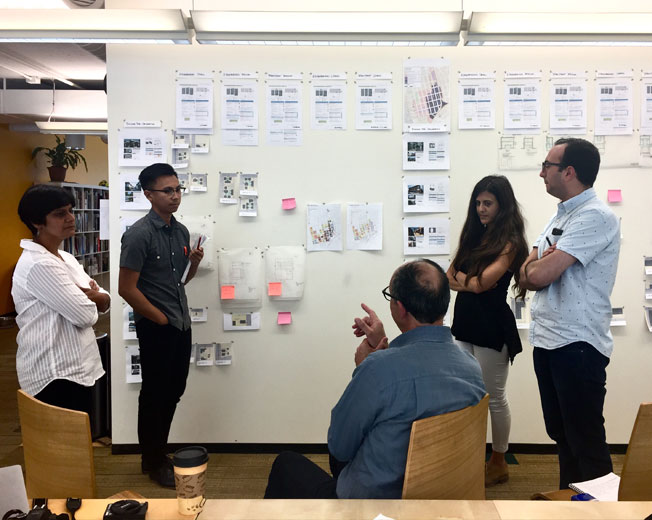
The team thrives off of innovation and collaboration. The team shares its work and provides input at weekly desk crits. The team also presents and discusses projects at seminar-like monthly All Staff meetings.
Opticos Launches MMH Website
After coining the term in 2010, Dan, Karen, Stefan, and the Opticos Design staff worked together to launch a new website for Missing Middle Housing in 2015 with the intent of making the information available to all as a public resource. The website went viral, is consistently accessed from countries across the world, and started a movement.
15
We see promise.
With each project that I work on, I know that we’re making a difference in making better cities and places for everyone.”
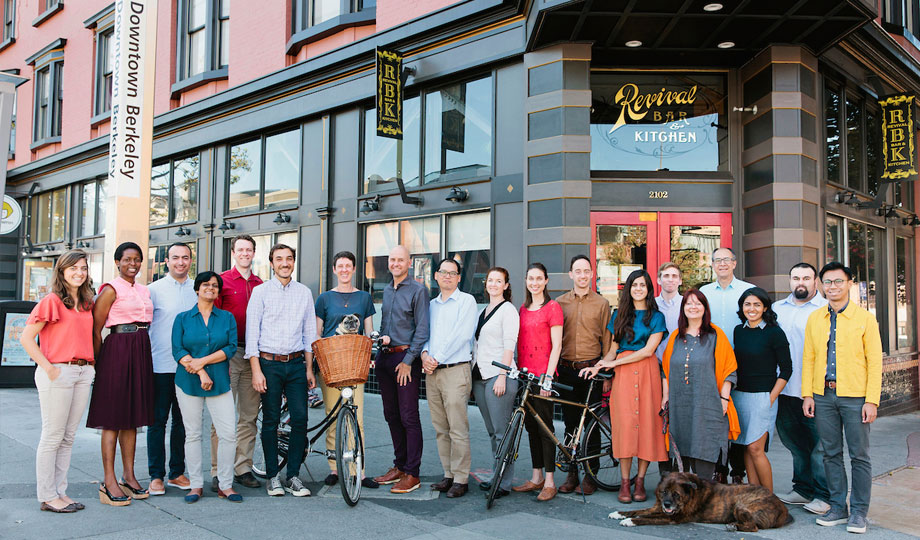
Opticos doesn’t identify as an “interdisciplinary” firm, but rather as a truly integrated studio. The team elevates projects by engaging in a collaborative design process with consultants and communities.
A Brand Update
Opticos launched new website and refined brand identity.
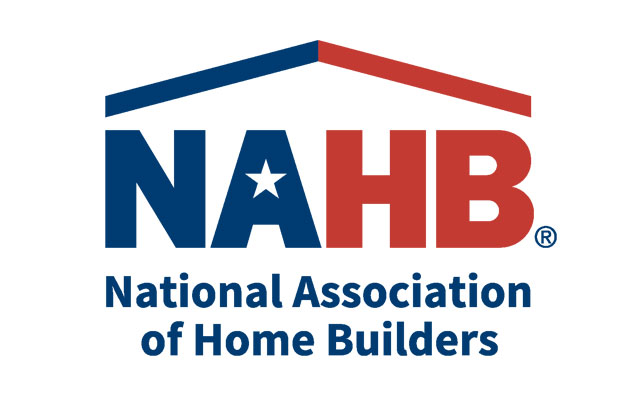
Opticos partners with the National Association of Homebuilders to conduct research for a report, “Diversifying Housing Options with Smaller Lots and Smaller Homes.”
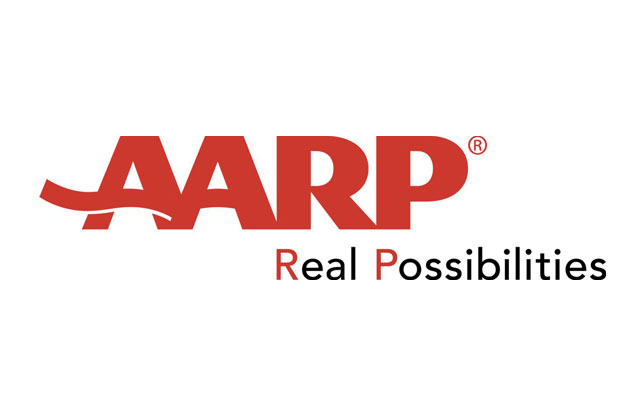
Opticos partners with AARP for the Livable Communities initiative, as Missing Middle Housing types – duplexes, fourplexes, courtyard apartments, and more – became an increasingly important part of age friendly livable communities nationwide.
20
An Integrated Design Studio
The Opticos Design team now includes over 20 people. The design team is buzzing, even virtually, and has found new ways to collaborate and create together.
Team-Driven Research
Team members host lunchtime forums and book clubs to share research and tackle the challenges of the day, discussing topics like co-housing, redlining, homelessness, and anti-racism.
Hot off the Press
Island Press recently published the book, “Missing Middle Housing,” written by Daniel Parolek, and it is now available for purchase.
Dedicated to healthy, equitable, and resilient communities for all.
